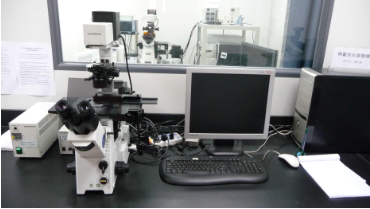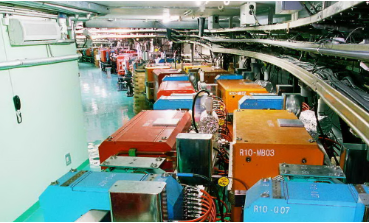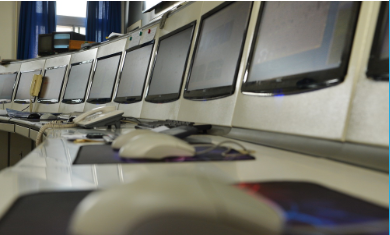-

-
Center for Future High Energy Physics
An extended high energy experimental program beyond the planned running of the LHC will be crucial to fully address these questions. The Center for Future High Energy Physics is dedicated to carrying out detailed studies on both the physics case and the design of possible future colliders. The immediate focus will be on circular colliders: an electron-positron collider as Z and Higgs factory, and a high-energy proton-proton collider.
-

-
State Key Laboratory of Particle Detection and Electronics
To promote the development of nuclear detection technology and nuclear electronics, the “Joint Laboratory of Particle Detection and Electronics” was established on April 25, 2005, based on the long-term cooperation between IHEP and the University of Science and Technology of China (USTC). The joint laboratory became a CAS Key Laboratory in December 2008 and was classified as “Class A” by CAS in July 2009. In 2011, it was approved for development as a State Key Laboratory by the Chinese Ministry of Science and Technology. On November 14, 2013, the laboratory was officially authorized to become a State Key Laboratory.
-

-
Key Laboratory for Biomedical Effects of Nanomaterials and Nanosafety
The Laboratory for Biomedical Effects of Nanomaterials and Nanosafety was formally established at IHEP in 2003, supported by the CAS Knowledge Innovation Program to engage in research of the biological effects of nanomaterials as well as safety concerns surrounding long-term nanotechnology development and applications. It is a subsidiary non-profit organization of CAS, a first of its kind research and technology innovation platform in China, and also is one of the most influential and representative laboratories in international field of nanosafety studies.
-

-
Key Laboratory of Particle Astrophysics
The CAS Key Laboratory of Particle Astrophysics was set up to study cosmic rays over sixty years ago, in 1951, two years after the foundation of the People’s Republic of China. In 1997, it was upgraded to be the Open Laboratory of Cosmic Rays, and became one of IHEP’s major research centers. In 2002, it was renamed the Key Laboratory of Particle Astrophysics. Over its long history, many famous physicists, such as Prof. Gan-Chang Wang, Prof. Wen-Yu Zhang, and Prof. Jian Xiao, have served as directors of the Laboratory.
-

-
BEPC National Laboratory
The Beijing Electron Positron Collider (BEPC) consists of the injector, the storage ring, the transportation line, the Beijing Spectrometer (BES), the Beijing Synchrotron Radiation Facility (BSRF) and the computer center. Below t is the general layout of the BEPC. The luminosity of the BEPC at 1.55 GeV is 5×1030/cm-2.s-1,8 times that of SPEAR II. The beam energy spread reaches 0.64 MeV, half that of SPEAR II.
